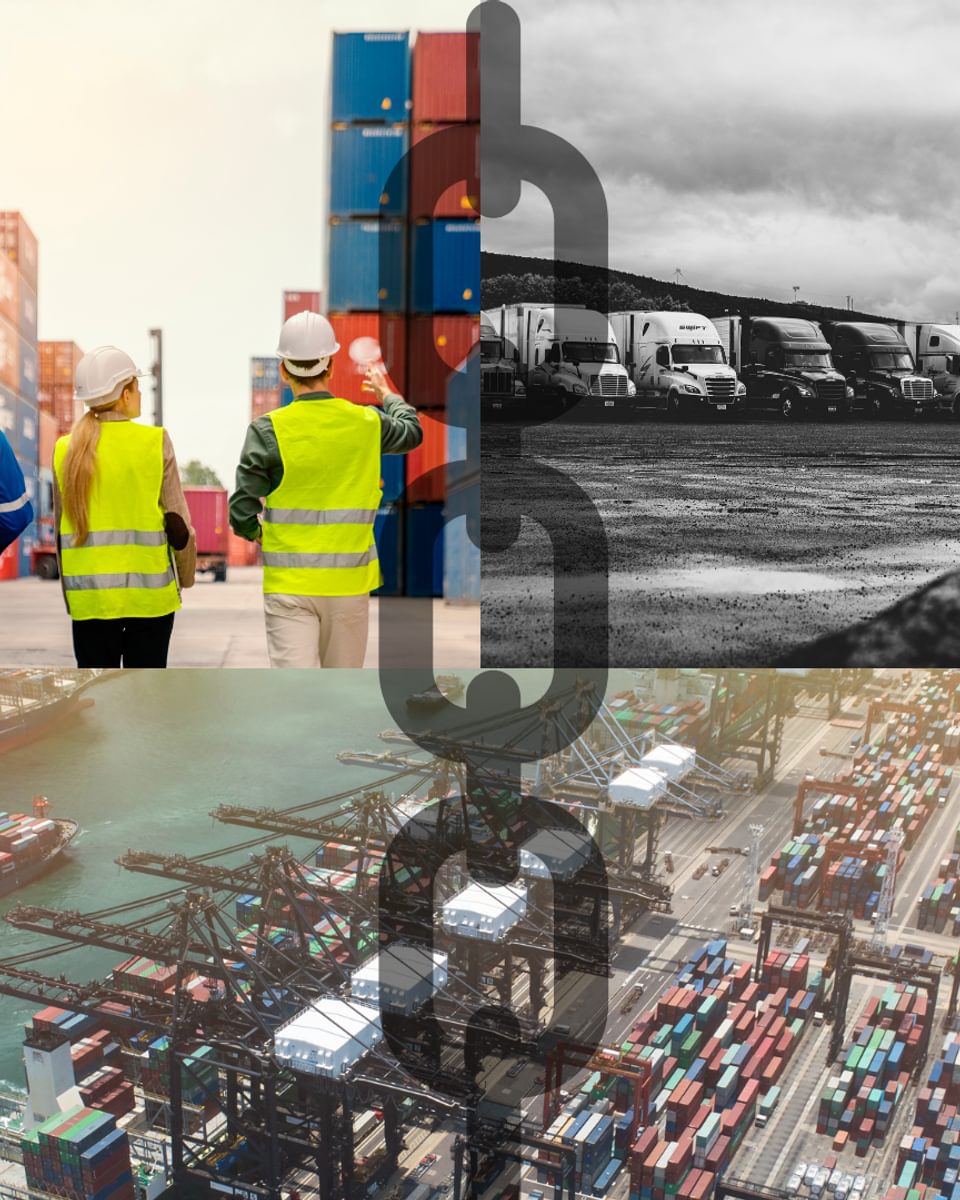
Leadership and Change with 80/20
Companies must commit to continuous improvement to develop an agile supply chain—one that is resilient to the next disruption. By diversifying suppliers and manufacturing locations, and keeping supply chain at the forefront of innovation, companies can mitigate risks, even in the face of unforeseen challenges.
Companies must commit to continuous improvement to develop an agile supply chain—one that is resilient to the next disruption. According to the National Association of Manufacturers Outlook Survey (Q4, 2023), most manufacturers continue to de-risk their supply chains. 86% of respondents confirmed their companies have been working to adjust their supply chains to limit potential risks.
Supply chain became newsworthy during the COVID-19 pandemic. During this time, I led global business development for a Fortune 500 distributor. We focused on North American headquartered companies with manufacturing in Asia and Europe. I had a front-row seat to the container shortage, port delays, rising freight rates, and later, the war in Ukraine. At the same time, I had the privilege of working with and supporting global procurement teams for some of the most elite companies in the world.
The most successful procurement teams were responsive and agile; they asked the right questions and pivoted their strategies accordingly.
Sure, everyone wanted to know when their orders would arrive. For most procurement teams, that’s when the questions ended. They addressed supply chain risk with band-aids like increasing inventory levels to disguise future stockouts. But for some elite companies, the questions and curiosity extended beyond delivery dates and lead times. They wanted to understand their entire upstream supply: the origin of their raw materials, the dependencies in their supply chain tiers, and the risks.
Successful companies weren’t just waiting for their orders to arrive and bumping up safety stock levels. Instead, they increased the visibility of their supply chain and actively built resilience to prepare for disruptive risks.
For now, the spotlight has shifted, but the fragility of the supply chain should not be forgotten. For decades, supply chain optimization occurred through just-in-time implementations, reducing inventories, streamlining suppliers, and gaining cost efficiencies by leveraging economies of scale. While these practices have significant importance and value, they overlook disruptive risk. Again, the pandemic highlighted the cost of ignoring such risk. By diversifying suppliers and manufacturing locations, and keeping the supply chain at the forefront of innovation, companies can mitigate risks, even in the face of unforeseen challenges.

NAM Outlook Survey (Q4, 2023) reports
86%
The majority of manufacturing respondents confirmed their companies have been working to adjust their supply chains to limit potential risks.

Leadership and Change with 80/20

Leadership and Change with 80/20

The 80/20 Mentor Explains What to Do When Top Accounts Have Economic Volatility

The 80/20 Mentor Explains What to Do When Top Accounts Have Economic Volatility

Navigating the Green Shift: No Quick Fixes For Sustainable Packaging Solutions

Navigating the Green Shift: No Quick Fixes For Sustainable Packaging Solutions
Contact us to see how we can help your business today.
Never miss a beat. Get our latest insights in your inbox.